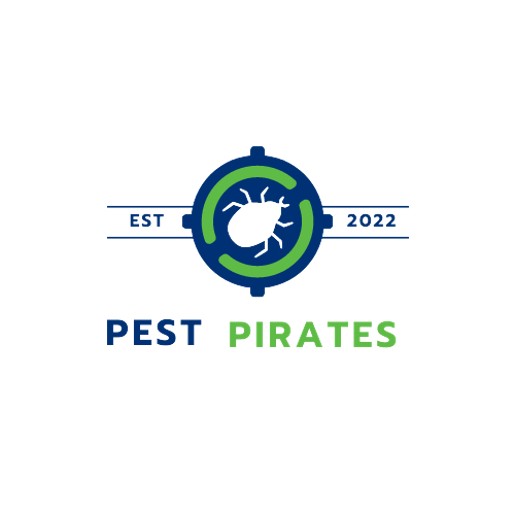
Importance of Regular Inspections
Regular termite inspections are a critical safeguard to protect your home from the costly and damaging effects of termite infestations. Understanding the justification behind these inspections can empower you, as a homeowner, to take proactive steps in maintaining the integrity of your property.
Preventing Termite Infestations
Termites are known for their stealthy and destructive nature, often causing significant harm before their presence is even noticed. Regular inspections serve as the first line of defense in preventing termite infestations. With 600,000 American homes infested annually, it’s a stark reminder of the importance of vigilance. Moreover, only half of American homeowners conduct regular inspections, leaving many properties at risk.
The frequency of inspections should be adapted to the risk level of the area:
| Risk Level | Recommended Inspection Frequency |
|---|---|
| High-risk | Annually |
| Moderate-risk | Every 2-3 years |
| Low-risk | Every 5 years |
These recommendations, provided by Reliant Pest, underscore the tailored approach needed for different geographies. By staying ahead of the problem, you can implement preventive measures, such as using termite-resistant building materials or adopting landscaping practices to deter termites.
Identifying Early Signs
An integral part of regular termite inspections is the ability to identify early signs of termite activity. Since termites can live undetected on your property for extended periods, early detection is key to minimizing the extent of damage (Orkin). Recognizing the signs of termite infestation — such as mud tubes, discarded wings, or wood that sounds hollow when tapped — allows for prompt action.
It is also essential to understand that most homeowners insurance policies do not cover termite damage. This fact, highlighted by Dodson Bros. Exterminating Co., Inc., positions regular inspections not merely as a choice but as a necessary component of home maintenance.
By conducting regular termite inspections, you’re not only protecting your home but also investing in its long-term structural health. Should you identify any concern or wish to learn more about different types of termites and their seasonal activity patterns, consulting a reliable termite control company is a prudent next step.
Termite Treatment Options
When you discover or suspect termites in your home, it’s crucial to consider the available treatment options. There are professional extermination services as well as do-it-yourself (DIY) prevention measures that can help protect your home from these destructive pests.
Professional Extermination Services
Professional extermination is a reliable way to handle a termite infestation. Experts in pest control are equipped with the tools, knowledge, and experience necessary to effectively eliminate termites from your property.
| Service Type | Description | Duration | Estimated Cost |
|---|---|---|---|
| Liquid Barrier Treatment | Professionals apply termiticides in the soil around your home to create a protective barrier. | 5-10 years | Varies by property size |
| Baiting Systems | Stations are installed around your home to attract and poison termites. | Requires ongoing maintenance | Initial setup + maintenance fees |
| Fumigation | The entire home is covered, and gas is used to eliminate termites. | 1-3 days for process | Based on cubic footage |
| Heat Treatment | Infested areas are heated to temperatures lethal to termites. | A few hours per treatment area | Depends on infestation size |
These services not only eradicate existing colonies but also prevent future infestations. Regular inspections and treatments, as mentioned by Breda Pest Management, cost much less than the potential repairs for damage caused by termites. Additionally, maintaining pest control can help preserve the value of your property and avoid legal issues when selling your home. For more information on the costs and benefits of professional termite treatment, explore average termite treatment costs and long-term termite management.
DIY Prevention Measures
For those who prefer a hands-on approach or wish to supplement professional services, here are some DIY prevention measures that can help deter termites:
- Regularly inspect your home for signs of termite infestation and take immediate action if any are found.
- Remove sources of excess moisture in and around your home, as damp wood can attract termites.
- Keep wood, such as firewood or lumber, away from the foundation of your home.
- Seal gaps and cracks in your home’s foundation to prevent termite entry.
- Use termite-resistant building materials for any new construction or repairs.
- Apply borate treatments to wood before priming and painting for added protection.
- Consider natural termite repellents such as neem oil or beneficial nematodes.
These measures can be effective in reducing the risk of termite infestations. However, they are typically more successful when used as a preventive strategy rather than as a sole treatment for active infestations. If you’re facing a significant termite problem, professional extermination services are usually the most reliable solution. For those interested in exploring eco-friendly options, check out organic termite treatment options.
While DIY methods can be helpful, regular professional inspections are essential for ensuring your home remains termite-free. This not only helps in early detection but also in the effective treatment of any potential infestations. Keep in mind the importance of regular termite inspections as a vital part of your home maintenance routine to safeguard your investment.




